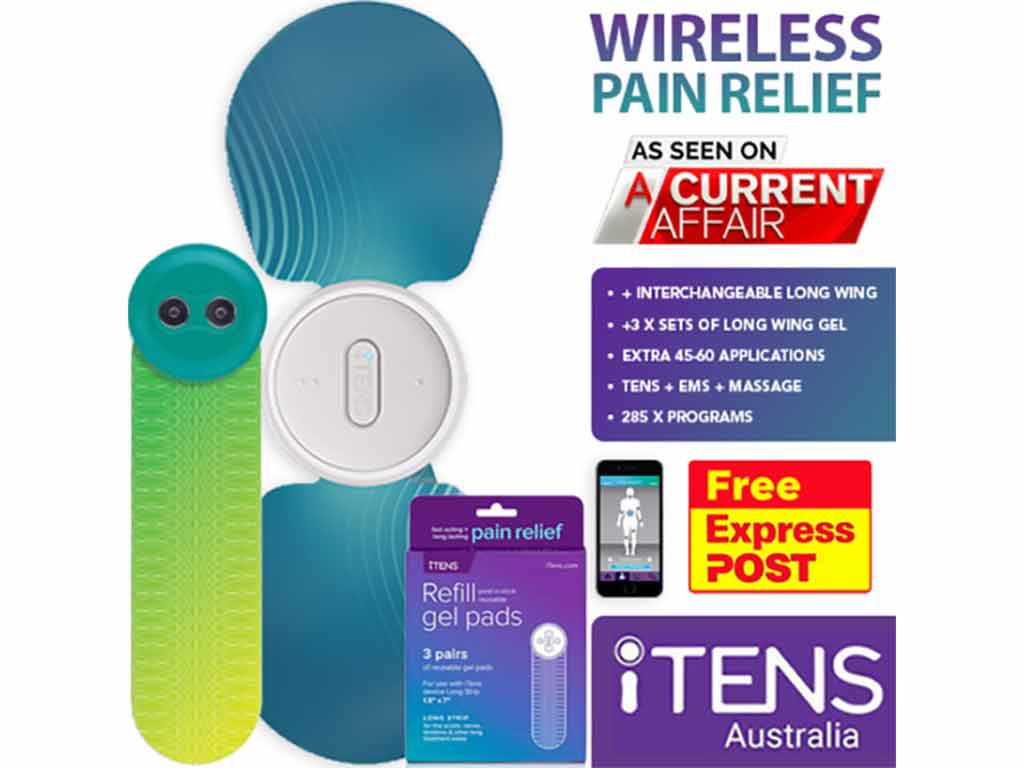
The Nervoderm patches are a type of transdermal patch for treating post-shingles nerve pain. It is placed on the skin to deliver medicated ingredients to the painful area. Lidocaine is the active substance in the patches that serve as a local anaesthetic. It works by numbing the area, providing temporary relief from pain. An alternative pain management method is Transcutaneous Electrical Nerve Stimulation or TENS. It uses low-voltage electrical currents to stimulate the nerves to reduce pain.
Shingles is a viral infection caused by the same virus that causes chickenpox. It can lead to severe nerve pain, also known as post-herpetic neuralgia. A pain patch like Nervoderm is one way of treating this condition. It is recommended for patients who cannot take oral medications due to side effects. In this article, we will explore what the patches are, how they work, and TENS therapy as an alternative for pain management.
What Are Nervoderm Patches?
The Nervoderm patches are convenient tools for alleviating nerve-related pain. It provides targeted pain relief by applying it directly to the skin and delivering a controlled dose of medications. Hence, it is easy to use and provides a steady supply of medicine. It contains lidocaine, an anaesthetic that numbs the skin and helps reduce the pain.
The dermal patch uses a special adhesive material that sticks to the skin and enables the absorption of drugs. They come in various sizes and shapes for individual needs. They can also be cut to fit a particular body area. An advantage of pain patches like Nervoderm is convenience. Unlike oral medications, which involve swallowing and spread throughout the body, the patches provide targeted, localised pain relief.
Pain patches are easy to apply and can be discreetly worn throughout the day. They can be hidden under clothes to avoid attracting attention. Moreover, they can be more tolerable in contrast to oral medicines. This is because direct pad placement reduces the risk of systemic side effects that can occur with other drugs. Nevertheless, it is important to follow the instructions carefully when applying the patch.
Treatable Pain Conditions
- The patch helps relieve medically-diagnosed post-herpetic neuralgia, a common complication of shingles.
- Post-shingles pain may be felt as burning or shooting pains and may be accompanied by blisters and increased sensitivity to touch, heat or cold.
- It can help with persistent nerve pain following blisters or rashes.
- The patch may also help manage other types of nerve pain, such as diabetic neuropathy, trigeminal neuralgia and post-thoracotomy nerve pain.
- It targets nerve pain symptoms, including itchiness, redness, numbness and burning sensations.
- Provide symptomatic relief for nerve damage pain in the back, hips, chest, legs or face.

How Nervoderm Patches Work
Nervoderm patches contain the active ingredient lidocaine and other anaesthetic medicines that provide topical relief. The adhesive layer includes methyl hydroxybenzoate, propyl hydroxybenzoate, aluminium glycinate, sorbitol solution, and more. It works by reducing inflammation in the affected area and decreasing sensitivity and discomfort. The hydrogel patch forms a protective barrier, giving a soothing effect on the skin.
After applying the Nervoderm medicated patch, it gradually releases the medications over the set period of use. The medication travels through the skin and into the underlying tissues. From there, it enters the bloodstream and affects the painful nerves in that area. Consequently, it can block transmissions of pain impulses from the nerve endings to the brain.
To use the patch, apply it on the skin surface. Individuals may choose the patch depending on the size of the painful area. An adult dose is a maximum of three patches at a time. Follow the instructions indicated on the label. Then, remove the transparent liner and press it onto the skin for 10 seconds to ensure it adheres properly.
Safety Precautions When Using a Patch
Using a medicated patch is a simple process. Nevertheless, it is vital to take certain safety precautions. Firstly, individuals with severe hepatic impairment, liver disease, kidney disease, or heart problems should consult a health professional. Secondly, do not wear the patches for more than 12 hours per day.
Furthermore, do not apply the patch to broken or irritated skin or areas with unhealed blisters. It is also important not to take any medicines containing lidocaine. Lastly, be aware of the potential side effects, such as shortness of breath or swelling in the face. Consult a doctor if symptoms persist.

TENS Therapy as an Alternative for Nervoderm Patches
Another effective pain relief solution is TENS therapy. A TENS machine is a portable unit that delivers small electrical currents to the skin. The currents reach the underlying nerves and stimulate them to reduce pain. It works by blocking the channels of pain signals to the brain. Additionally, it helps release endorphins, the natural painkillers of the body.
A TENS machine has a set of adhesive electrode pads that are placed on the pain area. The device comes with adjustable settings, allowing users to control the intensity and frequency of the electrical pulses. This approach enables the personalisation of treatment for individuals with varying pain levels and preferences.
The main difference between TENS and Nervoderm patches is TENS is completely drug-free. Hence, it does not have the side effects usually associated with pharmacological treatments. Moreover, it can help relieve a wide variety of painful conditions, including arthritis, sciatica, musculoskeletal pain, migraines, period pain, and more. It may also be combined with other treatments, such as physical therapy and massage.
Operation Guidelines for TENS Devices
TENS machines are easy to operate. At the onset of pain, attach the electrodes on either side of the pain area or around a painful joint. Then, turn on the machine and adjust the settings. Follow the recommended frequency and pulse width guide for specific conditions by the manufacturer or healthcare professional.
Start at the lowest intensity level and gradually increase the stimulation to a comfortable sensation. Additionally, set the treatment duration for 15 to 30 minutes. The TENS machine can be used multiple times a day, but users should have a 20-minute break between sessions.
Conclusion
Nervoderm patches are transdermal tools that deliver medications directly into the bloodstream. It is effective for providing relief from post-herpetic neuralgia. This condition causes a burning sensation in the skin, often lasting long after the shingles go away. Also, it is beneficial for people who have adverse reactions to oral pain medications. The patch contains several ingredients, including lidocaine, which helps reduce inflammation and discomfort. It is easy to use and provides effective relief for hours.
However, individuals with certain medical problems or taking medications should consult a doctor before using this product. A drug-free alternative to the patches is TENS therapy. It works by blocking pain signals from reaching the brain and helps release endorphins in the body. The operation of the device is simple, involving pad placement and adjustment of intensity and frequency. Those interested may consider the iTENS from iTENS Australia.




















